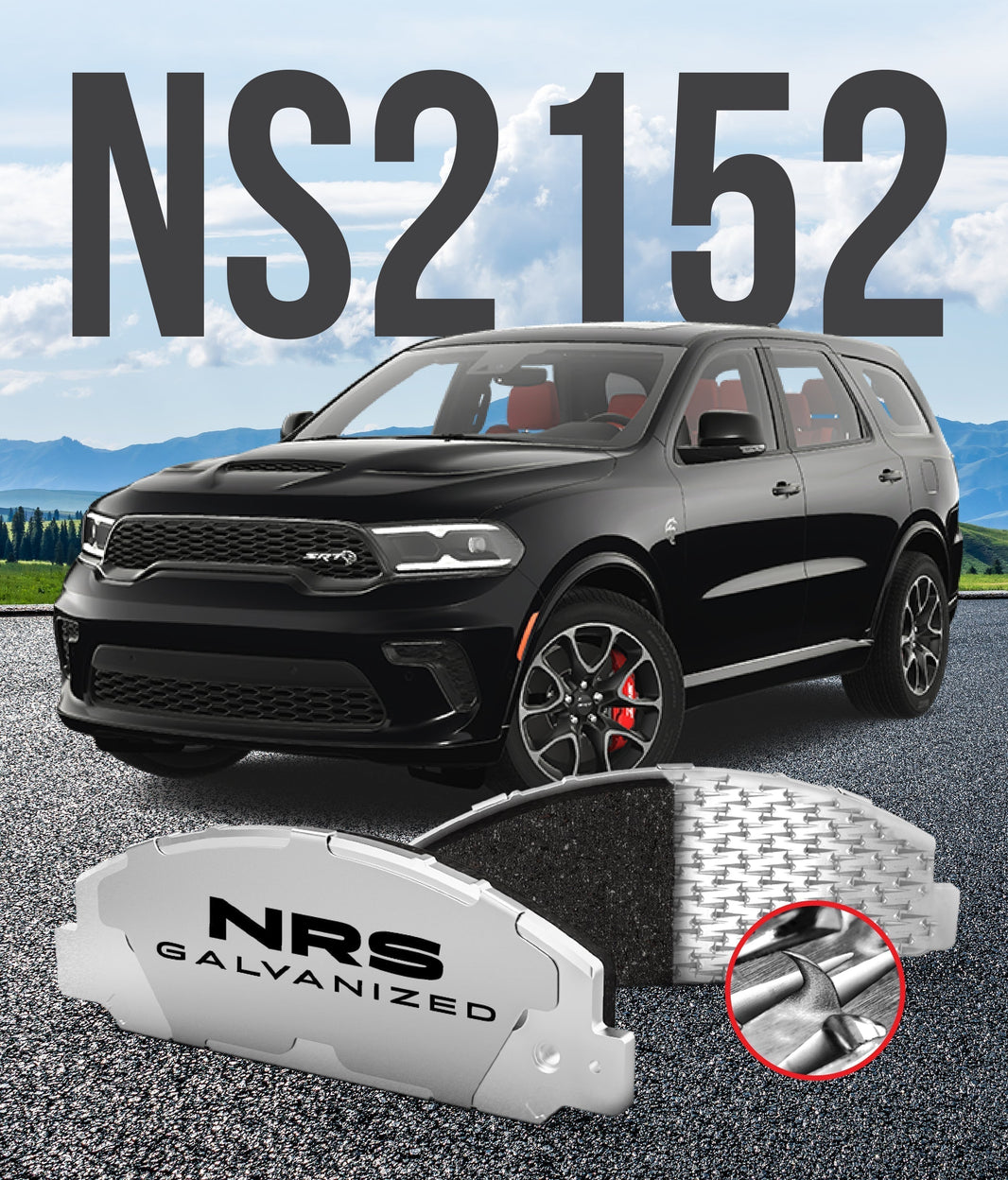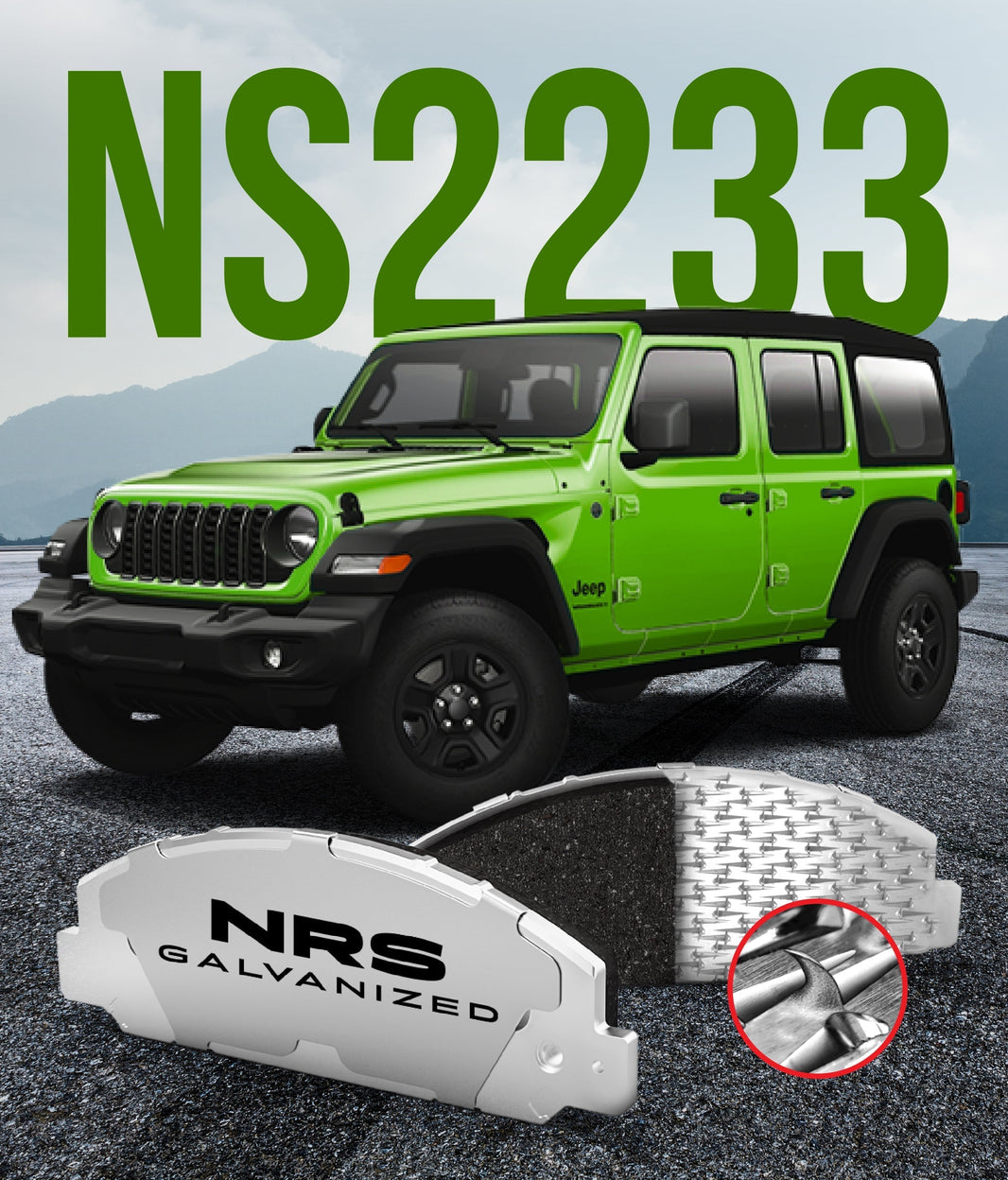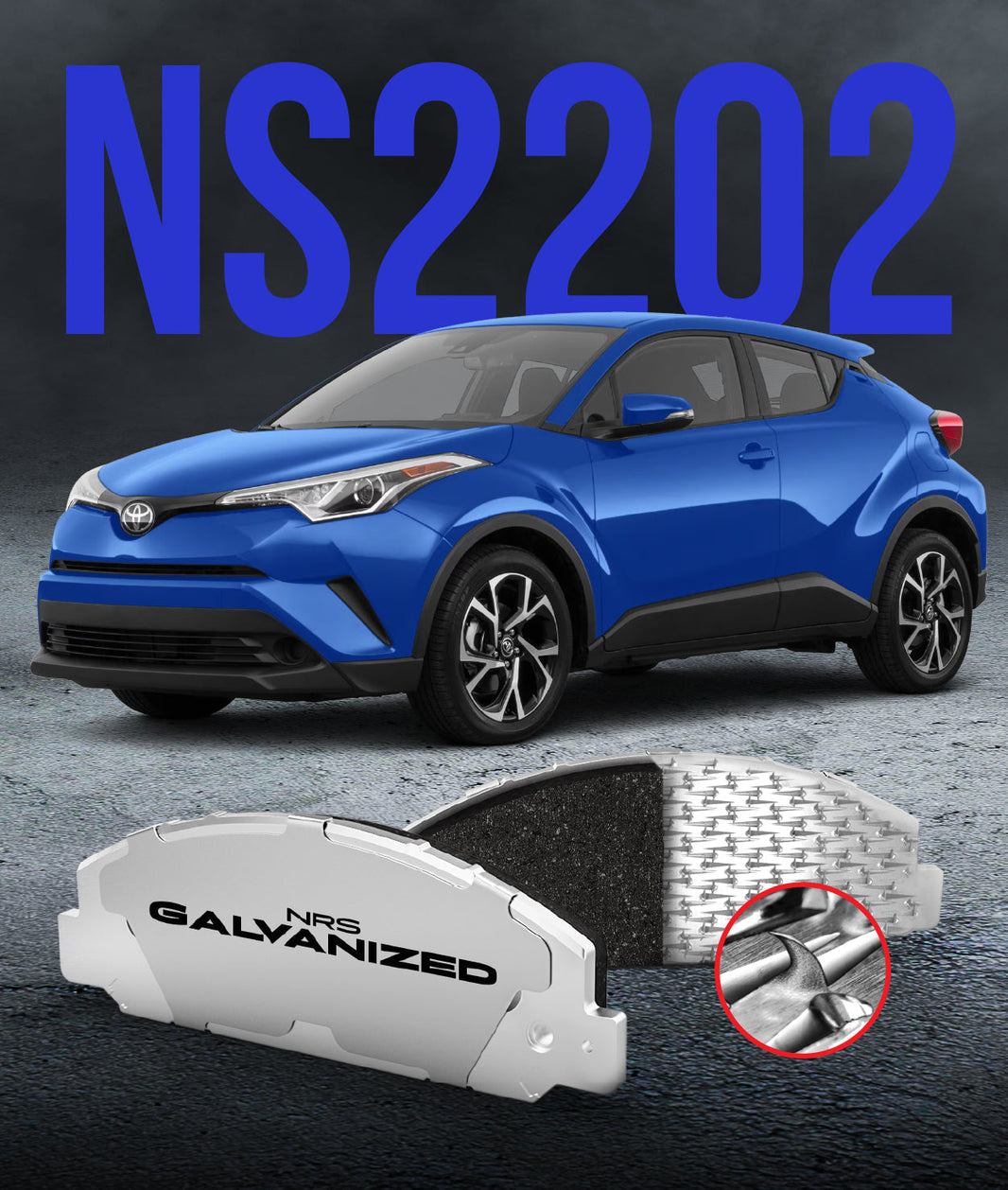
You get in your car, press a pedal on the floor, and your two-ton machine slows to a safe, predictable stop. This simple action is one we take for granted thousands of times, yet it initiates a complex and powerful chain of events. Have you ever wondered what is actually happening between your foot and the wheels?
Your car's braking system is a sophisticated combination of mechanical leverage, hydraulic force, and chemical friction. Understanding each vehicle brake part and the role it plays is key to appreciating the engineering that keeps you safe. This guide will take you on a detailed tour of the entire system, from the pedal to the pavement.
The Starting Point: At the Driver's Foot
The entire braking process begins inside the cabin with your input. The components located in the footwell and just on the other side of the firewall are responsible for translating your physical effort into the start of a powerful hydraulic reaction. These parts are your direct interface with the system.
They are designed to make the process of stopping a heavy vehicle feel easy and controllable. They multiply your effort and give you the tactile feedback you need to brake smoothly.
The Brake Pedal
This is the most straightforward vehicle brake part, a simple lever that you operate with your foot. It is engineered to provide both mechanical advantage and a specific feel. The amount of force you apply and the distance the pedal travels are the primary inputs for the entire system.
The feel of your brake pedal can also be a critical diagnostic tool. A pedal that feels spongy, soft, or sinks to the floor is a clear sign of a problem. A stiff, hard-to-press pedal points to a different kind of issue.
The Brake Booster
Located in the engine bay directly behind the brake pedal is a large, round, black canister called the brake booster. Its job is to act as a force multiplier, making it easy for you to apply the immense pressure needed to stop your car. It is essentially power steering for your brakes.
Most boosters are vacuum-operated, using the engine's vacuum to assist your leg pressure. When a booster fails, the pedal becomes incredibly hard to press, and your stopping distances increase dramatically. It is a key component for the comfort and safety of modern braking.
The Hydraulic Heart: Generating and Transmitting Force
Once you press the pedal, the system converts your mechanical input into hydraulic pressure. This is the core of how brakes work, using a liquid to transmit force over a distance. These components are the heart and arteries of the system.
This hydraulic network is a sealed system designed to operate under very high pressure. Its integrity is critical for brake function.
The Master Cylinder
Attached to the front of the brake booster is the master cylinder. This is the true heart of the hydraulic system. When you press the brake pedal, it pushes a rod into the master cylinder, which then moves small pistons inside.
These pistons slide within a bore filled with brake fluid, converting the mechanical force from your foot into intense hydraulic pressure. Modern cars use a tandem master cylinder with two separate circuits for safety. If one circuit fails, you still have braking ability on the other two wheels.
Brake Fluid
The special liquid that fills the system is known as Brake Fluid. Unlike air, this fluid is virtually incompressible, which makes it perfect for transmitting pressure instantly and consistently. It is a non-negotiable part of the system's function.
Most brake fluids are glycol-based and hygroscopic, meaning they absorb moisture from the air over time. This water contamination lowers the fluid's boiling point, which can lead to a loss of braking under heavy use. This is why regular fluid flushes are part of routine maintenance.
Brake Lines and Hoses
The high-pressure fluid needs a path to travel from the master cylinder to each wheel. This is the job of the brake lines and hoses. They are the arteries of your braking system.
Rigid, steel brake lines run along the frame and undercarriage of the vehicle. To allow for suspension movement and steering, flexible, high-pressure rubber hoses connect the steel lines to the brake caliper at each wheel. A failing hose can bulge or collapse, causing serious brake problems.
At the Wheels: The Disc Brake Assembly
Most modern cars use disc brakes on all four wheels, though some use them only on the front. This is where the hydraulic pressure is converted back into mechanical force and friction. The disc brake assembly is responsible for the actual work of slowing the wheel's rotation.
All of these parts work together in a harsh environment of extreme heat and force. They are designed to be robust and effective.
-
Brake Rotor (or Disc): This is a heavy, circular iron disc that is bolted to and rotates with the wheel. It provides the large, flat surface that the brake pads clamp onto to generate friction.
-
Brake Caliper: This is the hydraulic clamp that straddles the rotor. It receives the high-pressure brake fluid and uses one or more pistons to squeeze the brake pads against the rotor.
-
Brake Pads: These are the components with the friction material. Two pads are housed inside each caliper, one on the inner side and one on the outer side of the rotor. Their job is to create the friction that converts motion into heat.
-
Caliper Bracket: This sturdy piece of metal bolts to the suspension knuckle. It serves as the mounting point for the brake caliper, holding it in the correct position relative to the rotor.
-
Slide Pins: These are lubricated pins that allow the caliper body to slide back and forth. This movement is critical for ensuring the caliper can apply and release pressure on the pads evenly.
The Other System: Understanding Drum Brakes
Many cars, trucks, and SUVs, especially in previous years, use drum brakes on the rear axle. The principle is similar—using friction to slow the wheel—but the mechanical design is very different. Instead of squeezing inward, drum brakes work by pushing outward.
These systems are more complex, with more small parts than a disc brake setup.
-
Brake Drum: A heavy iron drum, shaped like a pot, is attached to and rotates with the wheel. All the braking components are located inside this drum.
-
Brake Shoes: Instead of flat pads, drum brakes use two curved brake shoes with friction lining. These shoes are pushed outward to contact the inner surface of the spinning drum.
-
Wheel Cylinder: This is the hydraulic component of a drum brake. When it receives pressure from the master cylinder, it pushes small pistons outward at both ends, forcing the top of the brake shoes against the drum.
-
Springs and Adjuster: A complex array of springs is used to pull the brake shoes back away from the drum when you release the pedal. An adjuster mechanism also works to keep the shoes close to the drum as the friction material wears down over time.
The Electronic Brains: Modern Brake Safety Systems
No modern explanation of the vehicle brake part is complete without mentioning the electronics. Modern cars feature sophisticated computer-controlled systems that use the brakes to improve safety. These systems can react much faster than a human driver ever could.
The Anti-lock Braking System (ABS) is the most well-known. An ABS module monitors wheel speed and can rapidly pulse the brakes during a panic stop. This prevents the wheels from locking up and allows the driver to maintain steering control. Systems like traction control and stability control also use the ABS module to apply individual brakes to prevent wheelspin or correct a slide.
Conclusion: A System of Teamwork
From the simple lever at your foot to the complex electronics, a vehicle's braking system is a remarkable example of teamwork. Each component has a specific and critical role to play in bringing you to a safe stop. An issue with any single part can compromise the performance of the entire system.
Understanding how these parts work together highlights the importance of regular inspections and of using quality components during a repair. At our company, we have spent decades engineering the Best Brake Pads with patented technology to ensure they perform flawlessly within this complex system. Your safety depends on every part doing its job correctly, every single time.
What part of the braking system do you find the most interesting or impressive?




